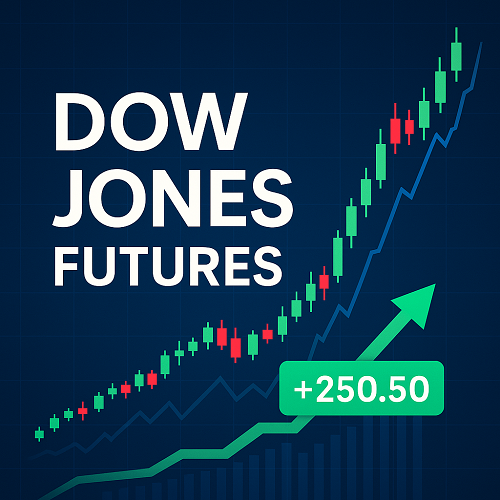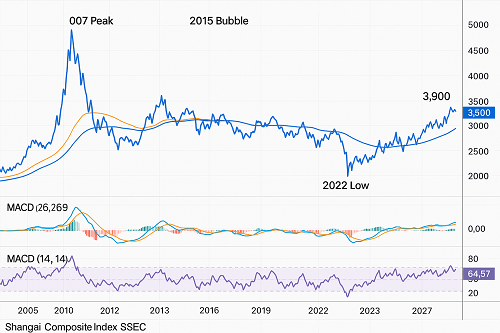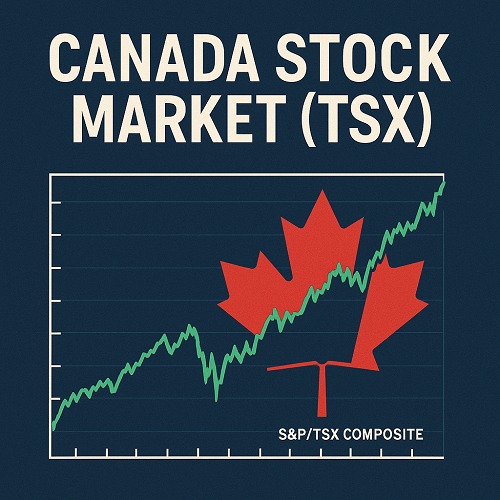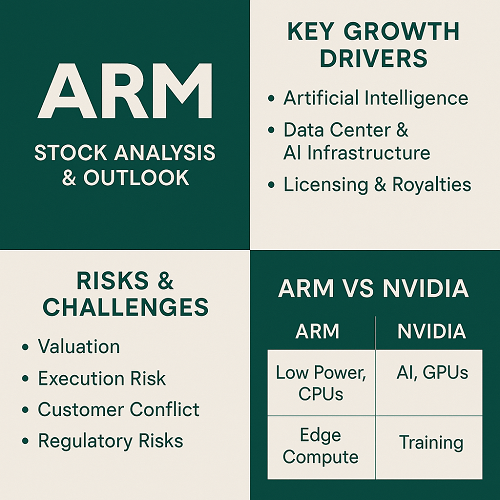The Dow Jones Industrial Average (DJIA) is one of the most recognized stock market indices in the world, reflecting the performance of 30 major U.S. companies. For those who are keen on monitoring the DowJones Index live, it is vital to have up-to-date information. For traders and investors who want to gain exposure to this benchmark outside regular trading hours or with leverage, Dow Jones futures provide a powerful tool.
These futures contracts allow market participants to speculate on or hedge against movements in the Dow Jones index nearly 24 hours a day. In this comprehensive guide, we will cover everything you need to know about Dow Jones futures in 2025 — including how they work, contract specifications, trading strategies, risks, and how they compare with other investment instruments.
Whether you are a beginner exploring index futures or an experienced trader seeking advanced insights, this article will serve as a complete resource.
What Are Dow Jones Futures?
Definition & Basics
Dow Jones futures are standardized financial contracts that obligate the buyer (long) or seller (short) to trade the Dow Jones Industrial Average at a predetermined price on a future date. These contracts are cash-settled, meaning no physical delivery of stocks occurs. Instead, the profit or loss is realized based on the difference between the agreed price and the final settlement value of the index.
History & Evolution
- First introduced on the Chicago Board of Trade (CBOT) in the late 20th century.
- Now traded electronically on the CME Globex platform, providing near-24-hour access.
- Liquidity has grown significantly, making Dow futures one of the most actively traded index derivatives globally.
- Transition from pit trading to electronic platforms improved efficiency, transparency, and global participation.
How Dow Futures Work: Mechanics & Specifications
Contract Specifications
- Underlying asset: Dow Jones Industrial Average (DJIA).
- Contract multiplier: $10 × the Dow index price.
- Tick size: 1 index point = $10 per contract.
- Minimum tick value: $5 (0.5 index points).
- Contract months: March, June, September, December (quarterly cycle).
- Settlement method: Cash-settled to the special opening quotation of the DJIA on the final trading day.
Margin & Leverage
- Initial margin: Amount required to open a position (set by CME, varies with volatility).
- Maintenance margin: Minimum balance required to hold a position.
- Leverage effect: With a fraction of capital, traders can control large index exposure.
- Example: If Dow is at 38,000, one contract is worth $380,000 (38,000 × $10). A margin of ~$12,000 means leverage is ~30:1.
Trading Hours & Session Segments
- Electronic trading (CME Globex): Nearly 24 hours, Sunday evening through Friday evening (with short daily maintenance breaks).
- Regular U.S. stock market hours: 9:30 a.m. – 4:00 p.m. ET.
- This allows traders to react to global events, earnings releases, and macroeconomic data before U.S. equities open.
Basis, Carry & Roll Yield
- Basis = Futures price – Spot index value.
- Futures may trade at a premium (contango) or discount (backwardation) depending on dividends and interest rates.
- Cost of carry model: Futures = Spot × (1 + interest rate – dividend yield).
- Rollover strategy: Traders roll from expiring contracts to next month to maintain exposure.
Dow Futures vs. Spot Index & Other Instruments
Differences Between Futures & Index
- Futures are leveraged; spot index investments require full capital.
- Futures do not pay dividends.
- Futures allow short exposure with ease.
- Prices may differ slightly due to basis and carry.
Dow Futures vs. ETFs (DIA)
- DIA ETF: Easy for retail investors, pays dividends, trades only during U.S. hours.
- Dow futures: More flexible, higher leverage, nearly 24-hour trading.
Dow Futures vs. Options
- Futures = linear exposure.
- Options = asymmetric payoff, limited risk for buyers.
- Traders often combine futures and options for hedging.
Uses of Dow Futures
Hedging
- Portfolio managers hedge against downside risk by shorting Dow futures.
- Example: A fund holding $10 million in blue-chip stocks shorts an equivalent notional value of futures to offset potential losses.
Speculation
- Day traders and swing traders use Dow futures to bet on short-term moves.
- Scalping strategies benefit from high liquidity and tight spreads.
Arbitrage
- Traders exploit small mispricings between futures and the underlying index.
- Institutional players use program trading to capture arbitrage opportunities.
Spread & Relative Value Trading
- Inter-month spreads (buy June, sell September).
- Cross-index spreads (Dow vs S&P 500 or Nasdaq futures).
- Useful for relative value strategies.
Strategy Frameworks & Tactics
Technical Strategies
- Trend following: Use moving averages, breakout channels.
- Momentum: RSI, MACD signals.
- Support & resistance zones: Identify breakout or reversal levels.
Quantitative & Statistical Approaches
- Mean reversion strategies: Expect futures to revert to fair value (basis).
- Pairs trading: Exploit correlation breakdowns (e.g., Dow vs Nasdaq).
- Algorithmic trading: High-frequency strategies exploiting microstructure.
Risk Management
- Stop-loss & trailing stops: Limit downside.
- Position sizing: Adjust based on volatility and margin.
- Diversification: Balance Dow exposure with other asset classes.
Real-World Example
During the March 2020 COVID-19 crash, Dow futures hit “limit down” multiple times, triggering circuit breakers. This highlighted both their utility as a hedge and their risk amplification during crises.
Key Risks & Pitfalls
- Leverage risk: Small moves can cause large gains or losses.
- Overnight gaps: Global news can cause significant jumps outside regular hours.
- Margin calls: Falling below maintenance margin forces liquidation.
- Liquidity risks: Thin volume in off-peak hours can cause slippage.
- Rollover costs: Maintaining positions across expiries can erode returns.
Taxation & Regulatory Considerations
United States
- Treated under Section 1256 contracts (60% long-term, 40% short-term capital gains tax treatment).
- Marked to market at year-end.
International (Canada, India, EU)
- Treated as derivatives with standard capital gains taxation.
- Subject to local securities laws; margin and leverage limits may differ.
Always consult a tax professional for your jurisdiction.
Tools, Platforms & Data Sources
- Exchanges: CME Group (official Dow futures contracts).
- Brokerages: Interactive Brokers, TD Ameritrade, E*TRADE, Saxo Bank.
- Platforms: TradingView, MetaTrader, NinjaTrader.
- Data feeds: Bloomberg, Reuters, CME Direct.
Frequently Asked Questions (FAQ)
Q1: Can I trade Dow futures outside the U.S.?
Yes. Many international brokers offer CME access. Ensure compliance with your country’s regulations.
Q2: What is the minimum capital required?
Depends on broker margins. Some allow micro Dow futures (MYM) with much lower capital.
Q3: Do Dow futures predict the stock market open?
Often yes, Dow futures act as a barometer for U.S. equity open direction, but they are not perfect predictors.
Q4: What are micro Dow futures?
Micro E-mini Dow (MYM) contracts are 1/10th the size of standard contracts, ideal for smaller traders.
Q5: How often do I roll contracts?
Typically before quarterly expiration (March, June, September, December). Most traders roll a week before expiry.
Conclusion
Dow Jones futures remain one of the most versatile tools for traders and investors in 2025. They provide nearly 24-hour exposure, allow both hedging and speculation, and offer leverage that magnifies opportunities and risks.
To trade successfully, focus on:
- Understanding contract specs and mechanics.
- Using disciplined strategies (technical, quantitative, or hedging).
- Practicing strict risk management to control leverage.
For beginners, micro Dow futures provide a practical entry point. For professionals, Dow futures are indispensable for hedging, speculation, and global market positioning.
As the global economy evolves in 2025, Dow futures will continue to serve as a leading indicator of U.S. market sentiment and a vital trading instrument.





 XAUT-USD
XAUT-USD  AMD
AMD  MARA
MARA  SHOP
SHOP  BULL
BULL  CL=F
CL=F